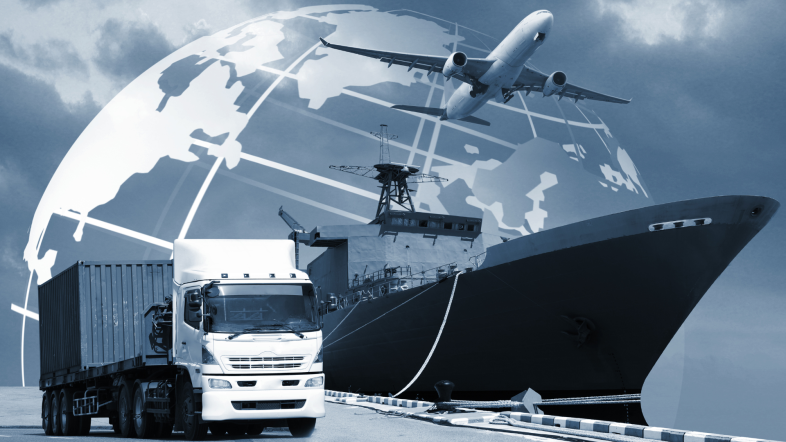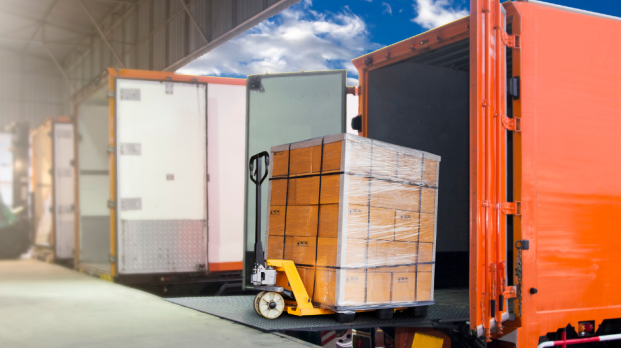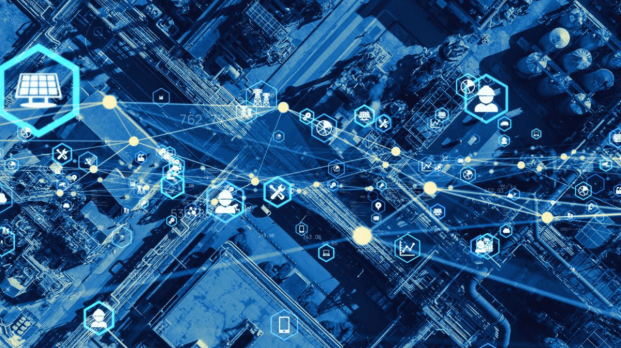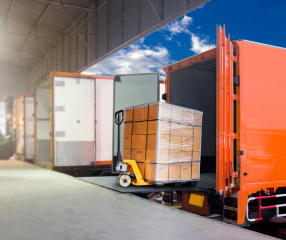
As the backbone of global trade and commerce, logistics must adapt to ever-evolving challenges and opportunities in the market, including technology. Technology has played a pivotal role in shaping the landscape of logistics in 2023 and beyond, with priorities continuing to shift as more and more businesses implement digital tools and processes in their supply chains.
“By default, our fragmented industry has an insatiable demand for lowering costs,” says Brian Catron, Global Chief Information Officer, EFL Global. “Efficiencies must be found, and waste must be eliminated. Technology is the enabler: from pulleys to cranes, cargo nets to containers, pencils to keystrokes, documents to data, and more recently, artificial intelligence allowing us to virtualize behavior and prompt action. It’s always exciting to imagine, ‘What’s next?’”
Real-Time Visibility
Traditionally, companies relied on data and forecasts to accurately time shipments. More times than not, this leads to inefficiencies and misplaced costs in a supply chain. However, the implementation of real-time tracking and visibility solutions has transformed the industry – and became the new standard for logistics providers.
“Visibility allows us to identify when goods are not moving as planned,” says Catron. “’Real-Time’ simply increases the frequency of the feedback cycle, allowing stakeholders to more easily recognize disruptive patterns and more quickly address capacity constraints.”
Today, companies prioritize technology that provides insights into their supply chains, such as GPS tracking, IoT sensors, and advanced analytics. This allows businesses to monitor the movement of goods with accuracy, allowing for:
• Accurate decision-making for businesses
• A reduction in delays
• Minimizing wasted resources
• Enhanced client satisfaction and performance
Additionally, with a growing frequency of disruptions in the market, such as major weather issues, the COVID-19 pandemic, and more, logistics professionals require instant access to data to reroute shipments and adjust strategies on the fly. One example of such resource is the EFL Global Market Report, an up-to-date interactive dashboard that shares transportation news, economic updates, and more.
Supply Chain Automation
Automation has been a buzzword in logistics for years, but its significance has evolved dramatically as digitalization and technology have become more prominent in the sector. It’s not only about automating tasks; automation includes efficiency, accuracy, and scalability across the supply chain.
“Automation certainly increases velocity and lowers cost to serve, and both are measurable,” says Catron. “What is somewhat less tangible is the increase in overall quality, reflected in customer experience. Not only does communication move faster and more cost-effectively, but the quality of data, certainty, and response also dramatically improve customer experience.”
Today, automation can be found from the top-down in a business. From a leadership level, automation might include demand forecasting, strategy building, and task management. At the operational level, automation can be found in warehouse systems, robotics, inventory management, and smart sorting systems.
All these automation factors can reduce costs, enhance productivity, and optimize warehouse space for a business, and directly impact the bottom line.
Sustainability & Supply Chain’s Carbon Footprint
In recent years, sustainability has risen to the top of the agenda for logistics technology. Climate change concerns, regulatory pressures, and consumer preferences have all contributed to make eco-friendly logistics a business imperative, especially with an industry that takes a significant toll on our planet.
Logistics technology now focuses on reducing the carbon footprint throughout the supply chain for many businesses. This includes the implementation of carbon emissions tracking, route planning, hybrid or electric vehicles, and alternative fuels. Additionally, the use of data analytics helps companies identify opportunities for sustainability improvements, both within operations and for their clients.
“It’s important to delineate ‘feel good’ marketing campaigns from the initiatives that truly empower companies to profitably minimize their carbon footprint,” says Catron. “Scope 1 and Scope 2 are straight forward, but Scope 3 challenges the supply chain industry to be more creative when seeking solutions that grow business while also reducing carbon emissions.”
The Future of Logistics Technology
The landscape of logistics technology is constantly changing, and real-time visibility, automation, and sustainability technology are one of many steppingstones in a transformative field. As businesses continue to adapt to a dynamic market, the role of logistics technology will continue to grow in importance. To remain competitive, logistics providers must embrace these evolving priorities and harness the power of digital tools to drive innovation in their clients’ supply chains.



